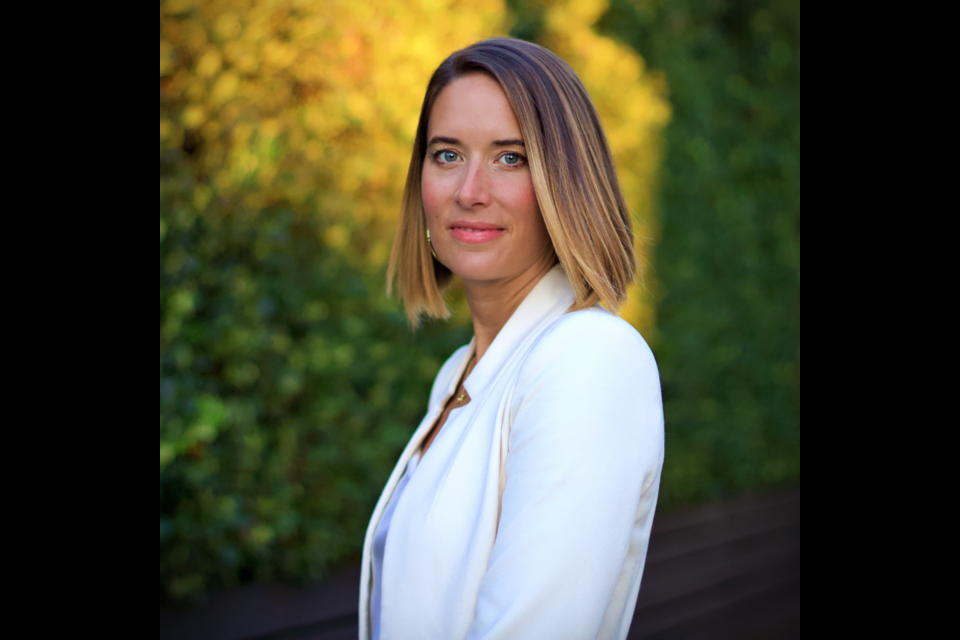Adolescent clinical psychologist and founder of Open Parachute, Dr. Hayley Watson, wants parents and caregivers to know that there are evidence-based tools and strategies they can use to support and empower their child when navigating substance use and prevention.
Watson's research has found that the reasons why young people may start using addictive substances is based on evolutionary biology and the brain, cultural factors, access and lack of skills. Her goal is to create conversation tools for parents/children to help them understand why youth are drawn to substances, what causes substance use disorder, and to increase a child's ability to make positive choices for themselves.
In partnership with BC Ministry of Education and Child Care and Brooks Secondary School, online presentations on substance use prevention by Watson are being offered to anyone in the qathet School District community, with the final session happening February 28, from 6 to 7:30 pm, followed by a question and answer period.
Watson grew up in the Kootenay region of BC. Her drive to help and understand adolescent behaviour stems from her own traumatic and unusual experiences growing up.
"When I was two years old, my house was bombed with dynamite,” Watson stated on her website, openparachute.ca. “Every few months for a year and a half, I lived in fear; as I grew, I learned to bury that fear.”
Newspaper headlines from 1986 read: "Family stalked by mystery bomber" and "Bombed Kaslo family lives in fear."
The bombings eventually stopped but the mystery went unsolved. Watson said her mother left the family and moved to another country, which was another blow for her emotionally as a young person.
"I was a high achieving student, I played sports, I had friends, I was close with all my teachers,” stated Watson. “On the surface, I appeared to be a student who didn’t need any support. But I did. I just didn’t know how to ask for help, because I was too busy trying to pretend I was okay."
Like many young people of that era, culture encouraged repression and avoidance of negative feelings and emotions, said Watson during a recent presentation.
"Prevention and harm/risk mitigation in order to empower young people to think critically about their own behaviours, motivations and choices is the focus,” said Watson.
She outlined some patterns that drive young people to start to use addictive substances, one being avoiding difficult feelings, such as being sad, bored or lonely. Taking a substance will give the brain a hit of dopamine that in turn causes excitement or a rush.
"The brain learns, and this is true for adults, too, that every time we feel a bad feeling our brain signals to seek the substance. The adolescent brain has evolved for risk-taking and has decreased reasoning and responsible decision-making."
Cultural factors, increased access to substances, and a lack of skills to talk about an uncomfortable topic, are also factors.
Watson said she and her team did interviews with more than 300 teenagers and were able to pull out themes and come up with six conversation tools for parents to practice with their adolescent or teenager. She said it might be difficult at first, but being able to openly communicate in a way that's not shaming, but validating, is the first step.
"Skills that youth need are: understanding their emotions/triggers, self-soothing in healthy ways, setting boundaries with others, and reflecting on choices and outcomes," said Watson.
Watch Watson's TED talk about youth and mental health: Youth Mental Health is not as complicated as we make it out to be, on YouTube.
To sign up for the online presentation go to qathet School District and search for Substance Use Prevention: Online Presentation.
Join the Peak’s email list for the top headlines right in your inbox Monday to Friday.




